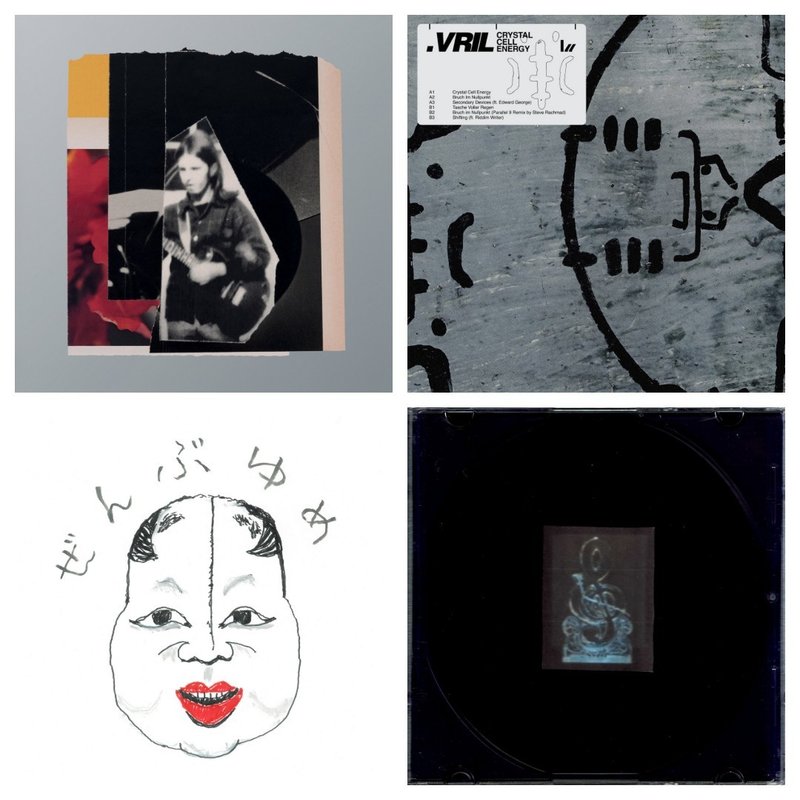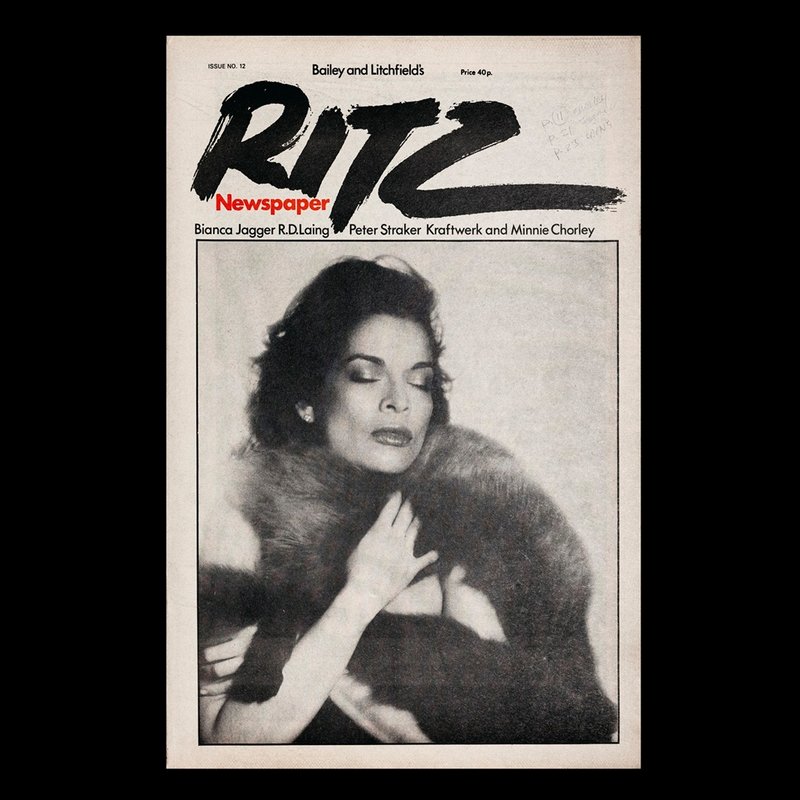
‘Learning from, not longing for, the past’, so goes the suitably concise ethos of new magazine, No Way Back. By sharing a name with the seminal Adonis tune, the magazine takes that notion then forms a perfect connection to the time period that is its focus. The past may have gone, but that’s not to say it should be forgotten.
The rapid demise of economically viable print newspapers and magazines means the key role they have played in capturing moments in history is largely lost to people of a certain age. It’s sad to talk about them in the past tense. There was a time when the immediacy of their articles and frequency of their production was the only window into other worlds for many. It’s hard to imagine now, but their heyday saw many many weekly or monthly publications that are no longer in existence even online. Each one could drop a wealth of knowledge and insight. The difference with today’s internet overload being the focussed and curated nature of them. There was a built in trust too, the innate difficulty of putting them together usually meaning an inbuilt integrity and passion for what was on the page.
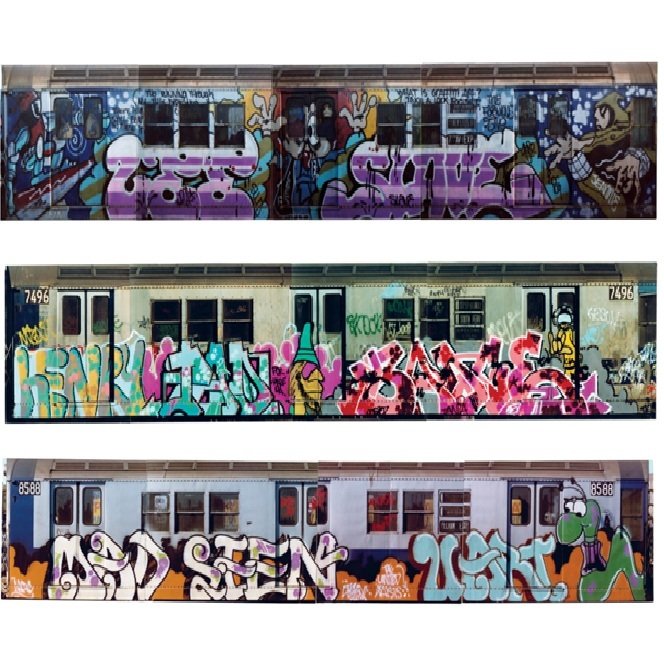
But times have changed, the economics of print journalism have become incredibly challenging. Even the big name daily papers now struggle to justify physical copy production. The era of Smash Hits, Melody Maker and NME in the newsagents every week are long gone, and probably forever. But that’s not to say there’s no space for something tangible. Arguably reading is still better enjoyed via a tactile medium. There are some great magazines that still exist but they have had to evolve. New titles entering the fray have to offer something different. At the same time, those classic titles and lesser known ones of the past remain locked into their original medium. Stored in boxes, or maybe displayed like trophies by the aficionados. If you’re lucky, and it was open-minded enough at the time, the local library may have some written gold stashed away on microfiche.
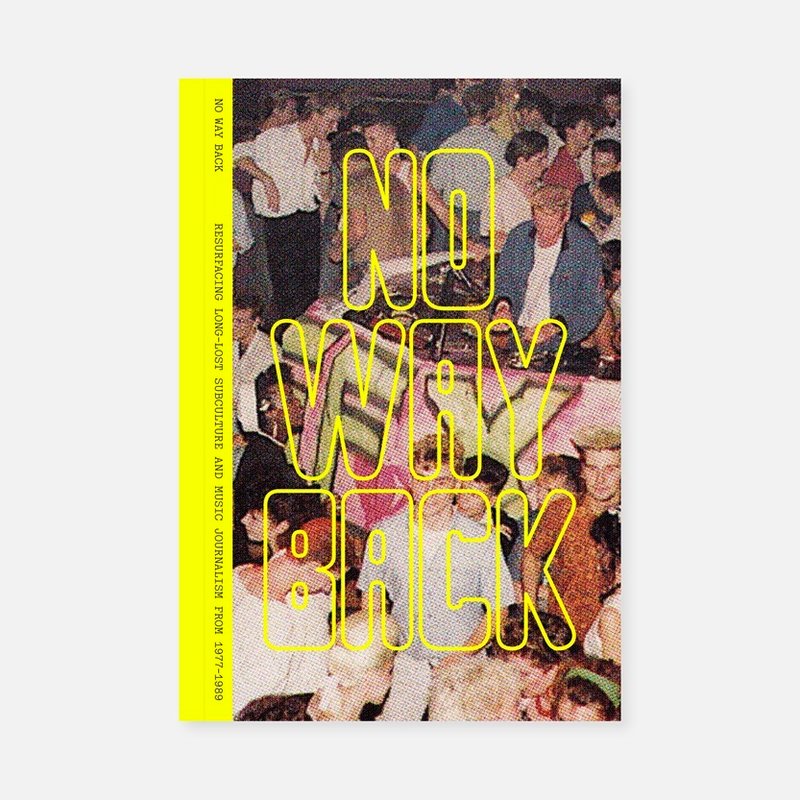
Bridging that gap between these two worlds is No Way Back. The concept is pretty simple, rediscovering otherwise forgotten or lost prose and photographic pieces around music and subculture, specifically from 1977 - 1989. The idea being, that by going back to the source, and reading how something was portrayed at the time, the understanding and relevance of these moments can be better viewed today, without the clutter of years of analysis and reinterpretation. Historical context for modern day understanding. Plus there’s just something refreshing and, well fun, about reading personal experiences of first time discoveries. What also comes through is the openness, and almost innocence of some of the subjects. Coming from a time before every word was picked over for memes and clickbait, conversations feel more open and free.
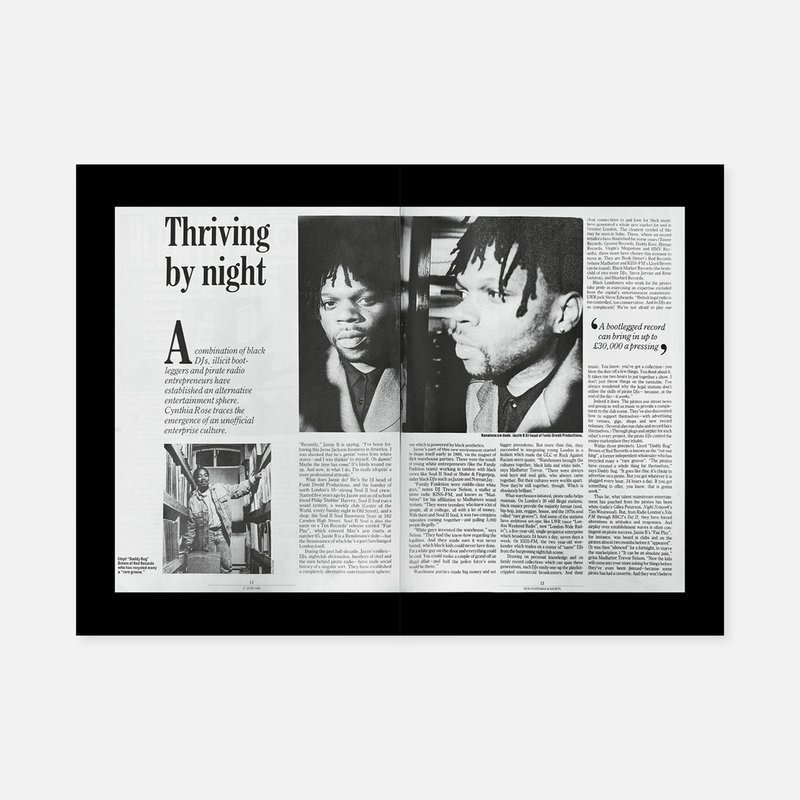
Issue one doesn’t limit itself in terms of scope. Articles include Oz Magazine writer Caroline Coon interviewing Kraftwerk for Ritz Magazine in 1977. For background, Ritz was very much a forerunner to the Face and i-D bringing together Art, Fashion and Music in one place.
It’s a great opening piece, peeling back the mystery that Kratwerk have enveloped themselves in over the years. Would they even do an interview now? Let alone Florian playing the Isley Brothers in his Mercedes as they drive to the interview. It’s an amazing read, covering the usual bases of music, but not fearing to tread into more deeper historical waters as the conversation evolves.

Photography plays a key part in the storytelling on show, and there are some truly iconic images replayed here. Graham Smith’s pictures of the early New Romantic scene from 1980 - 1983 being a case in point. Or another article from a 1980 edition of the Village Voice, covering graffiti. The story runs through a potted history of the movement, and charts the journey from the establishment view of it as pure vandalism to a recognition of it as the art form it truly is with a focus on the trains that formed its canvas. Added to this is an amazing set of prints from Jamel Shabazz, capturing the human side of youth culture to brilliant effect.
Another obvious statement, but nightlife has always been at the core of musical subculture. Its position as the focus was never more apparent in the years No Way Back looks at. Neil Tennant gives a masterclass in reviewing technique for London’s Mud Club. Meanwhile, Richard Grabel’s deeper exploration of New York’s Funhouse makes for a fascinating insight into a seminal club and an amazing time for music in that city. Across this first run, there’s plenty more to get immersed in, politics, fashion, sexuality all play their parts in painting a vivid picture of the times being documented. No Way Back is an education, ‘Too Far Gone?’ not quite.
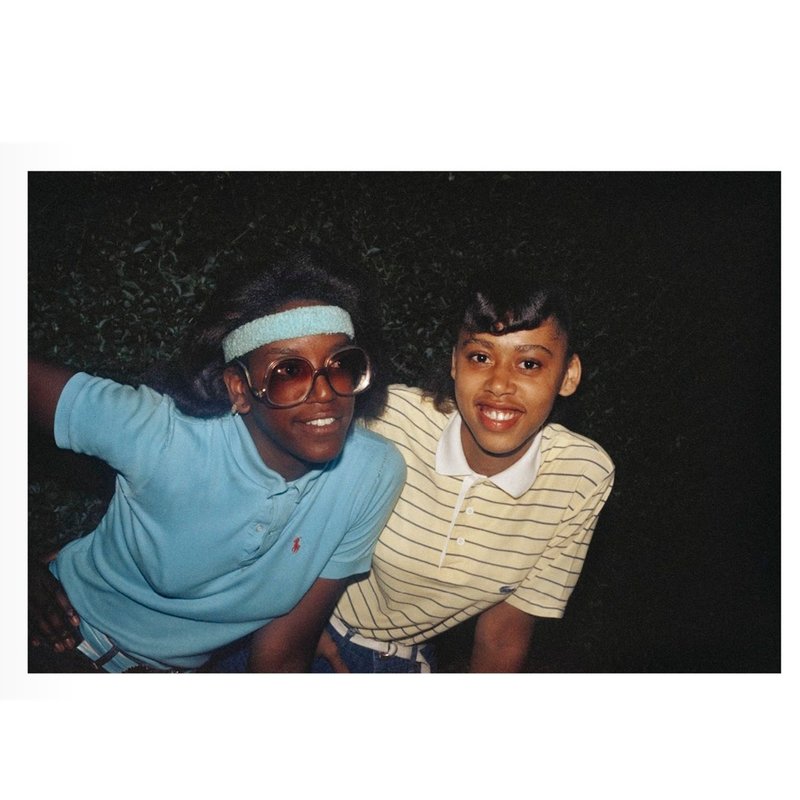
Issue one of No Way Back is available to purchase via their website and will also be stocked in various physical stores from later this month.

